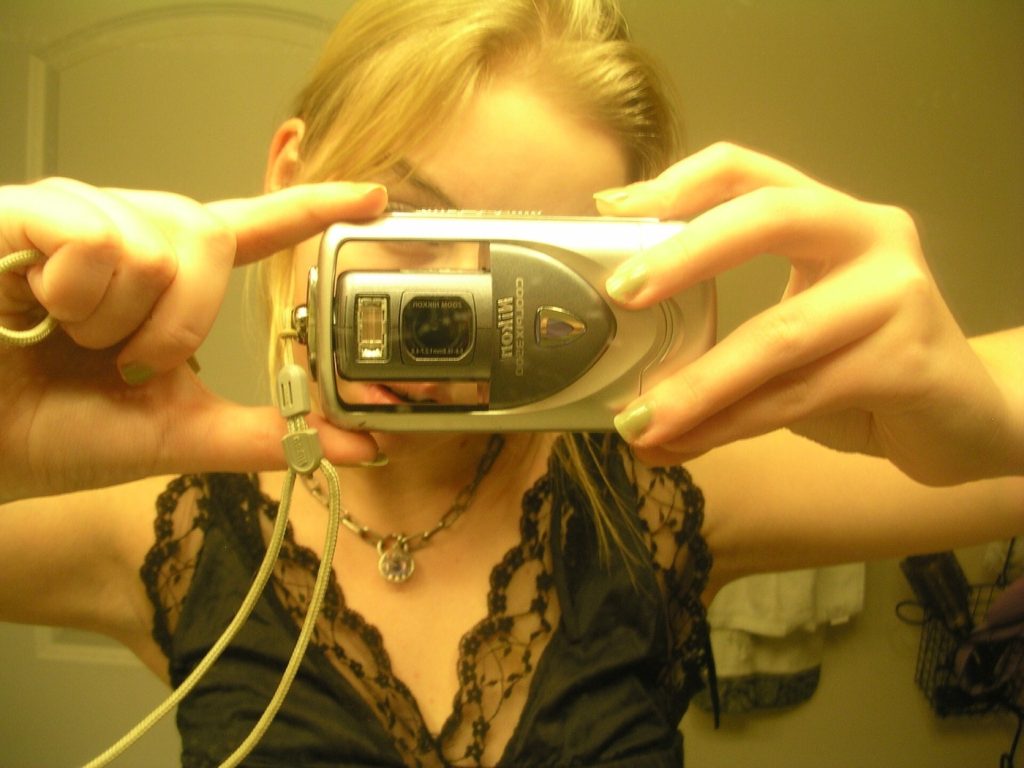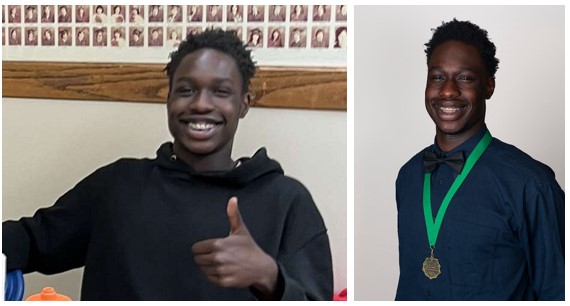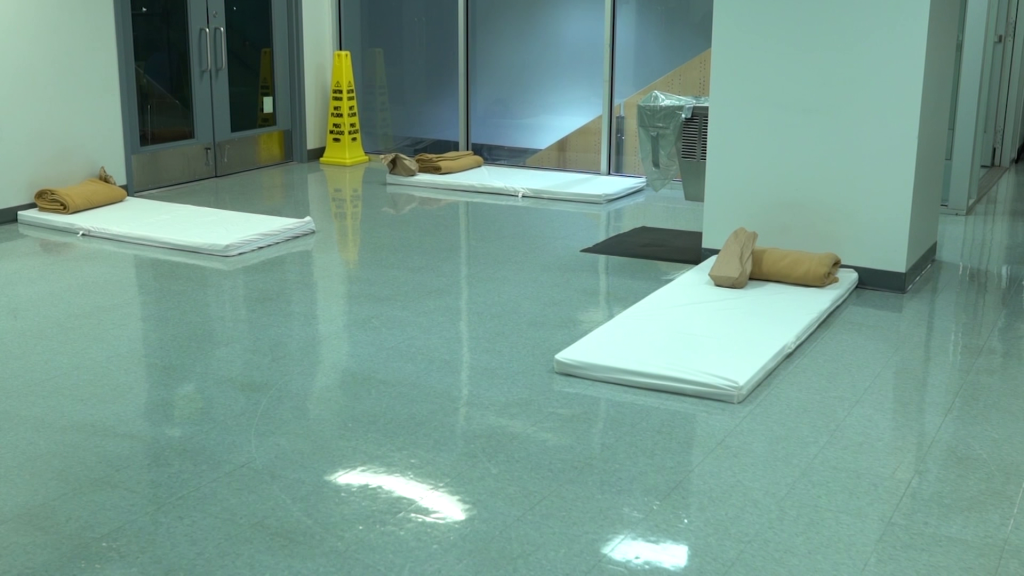Nostalgia for ‘a mythical past’: Why Gen Z loves the old-school digicam

Posted September 1, 2024 8:53 am.
The photos are grainy, poorly lit or pixelated. The flash has washed out the subjects or illuminated only a portion of the scene. There may be a tiny orange time stamp in the bottom right-hand corner.
But the photographers don’t mind; it’s what they’re going for, said 20-year-old Anya Chigak.
“It captures the vibe a lot more than a clean photo taken by your phone.”
Like many of her peers, Chigak has embraced compact digital cameras — a token of the past she hopes will keep her tethered to the present.
The marine biology student from Cambridge, Ont., pilfered one from her mom and purchased the other second-hand for $10. Neither can produce the quality of the camera built into her smartphone.
Chigak was in Grade 10 when she started using her mom’s old digicam from the mid-aughts, wary of the allure of her phone’s notifications and looking for a way to capture memories while staying in the moment.
The results also match her esthetic sensibilities.
“I’m very into antiques and vintage,” she said. “I work at an antique store and I collect records and vintage clothes and cassettes, so I’ve always liked the older look of photos better.”
They remind her of the contents of her parents’ old photo albums, which she always preferred to the well-lit, perfectly crisp and immaculately edited pictures that populated her social media feeds.
Selma Purac, a professor at Western University’s faculty of information and media studies, said the digicam is just the latest in a long line of out-of-date technology to capture the youth zeitgeist: vinyl, yes, but also disposable cameras and instant cameras, reminiscent of old Polaroids.
“These are artifacts of an earlier time, and I think that makes them kind of transportive,” Purac said.
Her students and those younger than them, the ones embracing the digicam trend, came of age during the COVID-19 pandemic and are entering a precarious future shaped by climate and cost-of-living crises.
“And then there’s the mental health crisis that’s been brought on by their engagement with digital media,” Purac added. “So this desire to reach to a mythical past, a more positively framed past, kind of makes sense.”
That framing of the past is a key ingredient to nostalgia, she said.
“There is a real simplification underlying most nostalgia. Nostalgia is memory that necessitates forgetting. It’s memory that necessitates erasure, because what we’re doing is we’re reaching back to a perceived simpler time.”
Emma Soper, a 23-year-old linguistics student in Hamilton, can put an exact year to that time: 2011, when she was nine years old and got the digital camera she still uses today.
“It’s comforting to go back to a time when there was less responsibility and things felt more like someone else was deciding for you — it’s kind of a break from the mentality of: ‘I’ve gotta figure this out on my own,'” she said.
She also likes that the photos she takes with the digital camera aren’t necessarily for sharing.
“It’s not like, ‘I’m gonna upload this to VSCO and adjust the contrast and the sharpness and the saturation and make sure I have a nice caption,'” Soper said. “It was just, smile for the camera, and that’s it — even though I know full well I will likely post some of those pictures on Instagram.”
Cedrick Pizarro has perfected his process for sharing the photos from his digital camera.
The 20-year-old flight services student from Toronto has become his friend group’s de facto photographer — and unlike Chigak and Soper, he’s editing his pictures. He uploads them to Darkroom, an app in which he’s created preset filters to enhance the retro feel.
Then, Pizarro shares the photos to his Instagram stories so his friends can see them and ask for copies.
But Pizarro is using more than just his digital camera: he also takes photos with his phone and an Instax instant camera.
The phone is good for videos and immediate sharing, while the Instax photos feel more spontaneous.
“There’s no second take,” he said of his digicam. “With the digital camera, you can take more and more, while Instax only has 10 (sheets of film.)”
In that sense, the digital camera is unlike the phone and the film camera, he said.
“It’s so fun taking photos without knowing the outcome,” he said. “You can see it in the camera, but it’s so small…If you take a photo on your phone and then you see it, you’ll want to redo it.”
An added bonus?
“When I was a kid I wasn’t able to use the digital camera because it could be broken easily,” he said. “So now I get a chance to take pictures whenever I want.”








